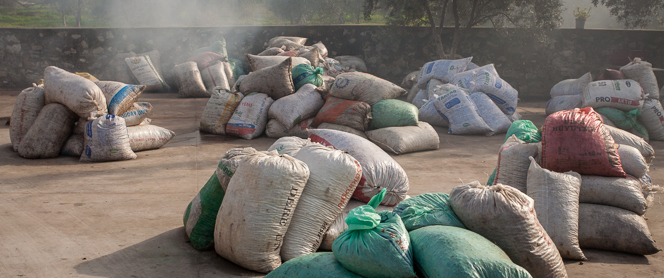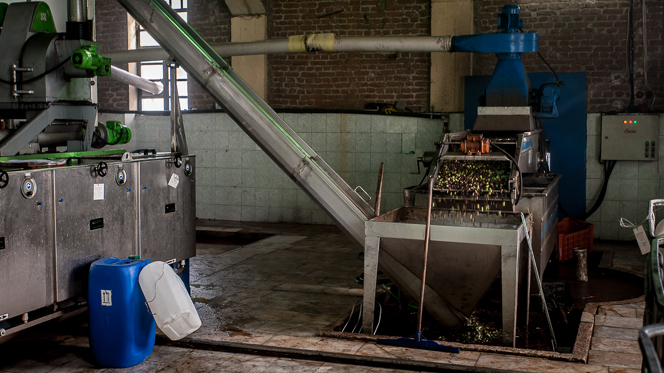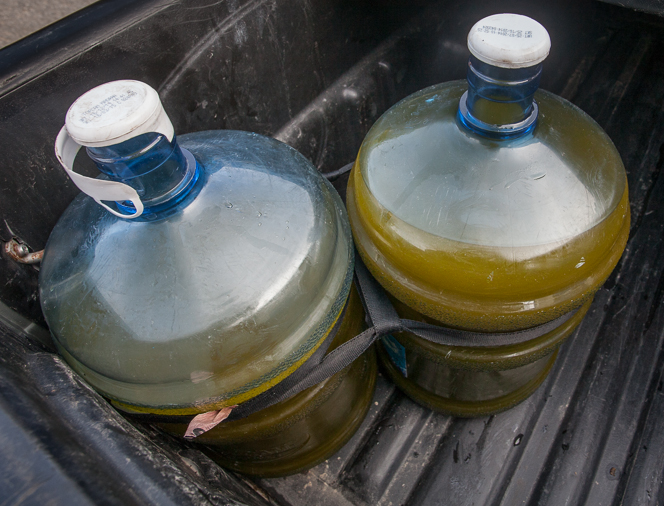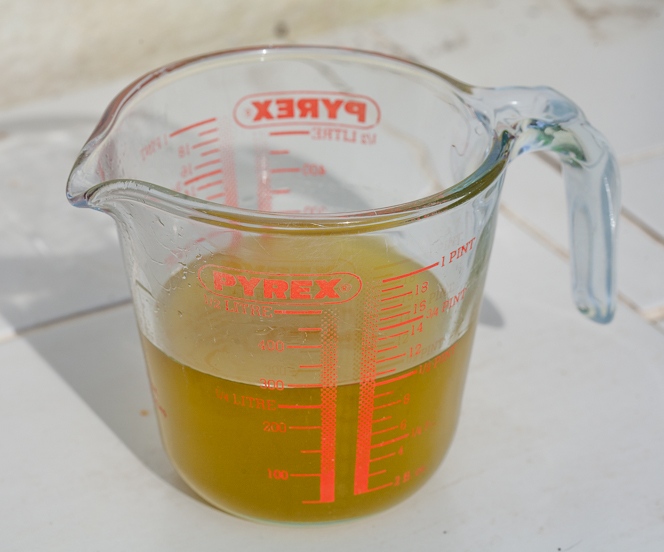Just some quick details on the process of turning our recent olive harvest into olive oil…
It turns out we picked over 400 kg of olives. We kept about 50 kg of the biggest and best for eating, and those are in the process of being repeatedly washed and salted and weighted down. There were seven sacks (323 kg) of normal-quality olives to be pressed into oil. And finally a small sack (38 kg) of poor-quality olives that we took from the ground beneath the trees.
We took our eight sacks just around the corner to the Y?ld?r?m olive processing factory. We sold the one bag of lower-quality olives to the factory, and the money we got for that was enough to pay for processing all the rest. This seemed like a good deal.
The guys at the factory are incredibly busy right now, as everyone brings in their olives around the same time. So we had to come back the next day to see the results.
Our 323 kg turned into 67 litres of beautiful cloudy green oil. We’re told it has good, low acidity levels. I would try to describe the taste but I don’t have the adjectives. I can tell you that it is very, very good for dipping fresh bread into.






